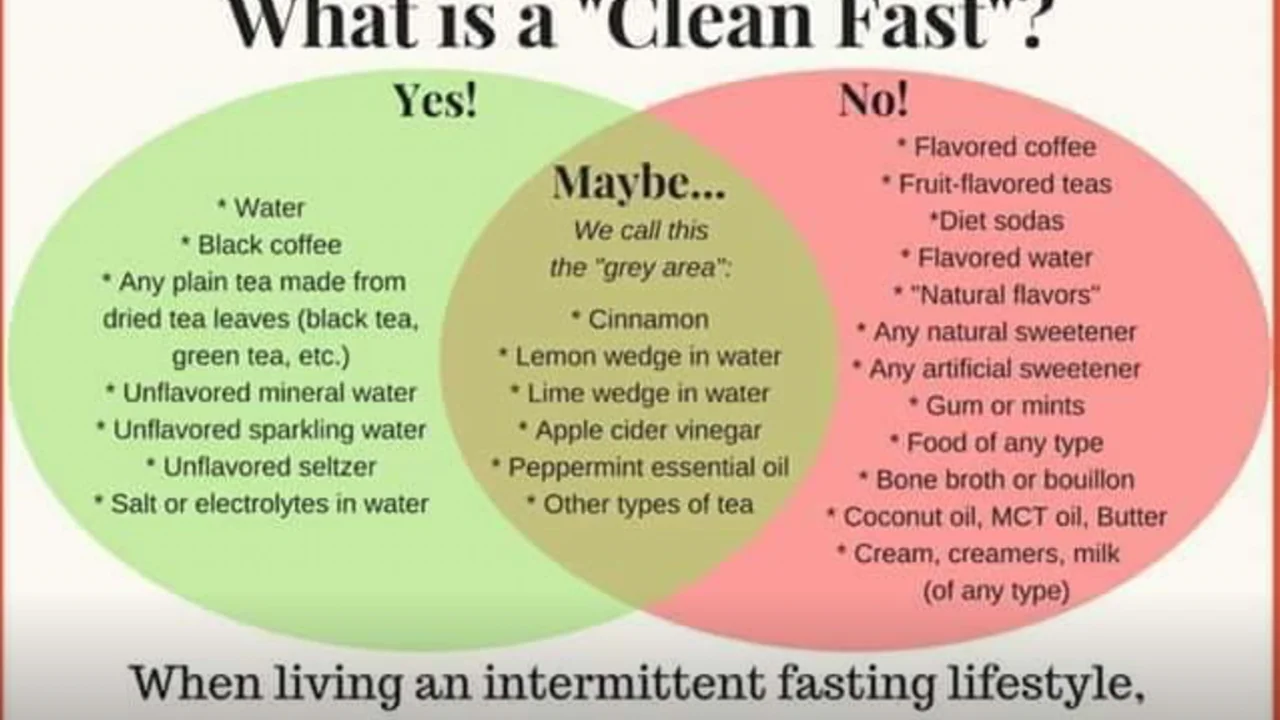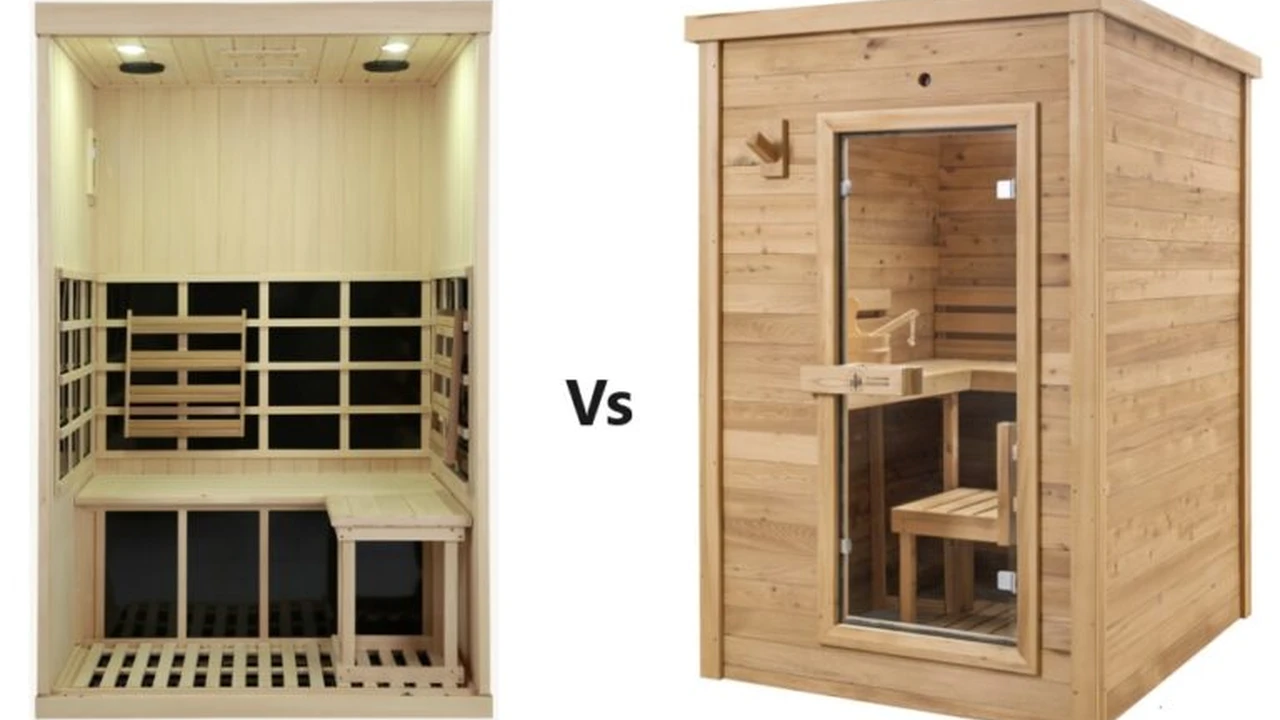Biohacking Your Sleep for Seasonal Changes
Optimize your sleep patterns to adapt to seasonal changes. Learn biohacking techniques for better rest year-round.

Biohacking Your Sleep for Seasonal Changes
Understanding Seasonal Sleep Disruptions and Circadian Rhythms
Hey everyone, let's talk about sleep. It's one of those things we all need, but often struggle to get right, especially when the seasons start doing their dance. You know, those long summer days that make it hard to wind down, or the dark, gloomy winter mornings that make getting out of bed feel like an Olympic sport. These aren't just random annoyances; they're often tied to how seasonal changes mess with our circadian rhythms – that internal 24-hour clock that tells our bodies when to be awake and when to sleep.
Our circadian rhythm is heavily influenced by light. When the sun's out, our bodies produce less melatonin (the sleep hormone) and more cortisol (the wake-up hormone). As light fades, melatonin production ramps up, signaling it's time for bed. So, when seasons shift, and the amount and intensity of natural light change, our bodies can get a bit confused. This can lead to seasonal affective disorder (SAD) for some, but even for those without SAD, it can cause sleep disturbances, fatigue, and a general feeling of being out of sync.
Think about it: in summer, with daylight stretching late into the evening, our bodies might not get the clear signal to start winding down. Conversely, in winter, the lack of morning light can make it harder to fully wake up and feel energized. This is where biohacking comes in – it's all about using science and technology to optimize our biology, and sleep is a prime target.
Light Exposure Biohacks for Seasonal Sleep Optimization
Since light is such a huge player in our sleep-wake cycle, manipulating our light exposure is one of the most effective biohacks for seasonal sleep. It's about getting the right light at the right time, and avoiding the wrong light when you don't need it.
Morning Light Exposure for Winter Wakefulness
In winter, when natural light is scarce, getting a dose of bright light first thing in the morning can be a game-changer. This signals to your brain that it's daytime, helping to suppress melatonin and boost cortisol, making it easier to wake up and feel alert. This is particularly helpful for combating those winter blues and morning grogginess.
One of the best ways to do this is with a light therapy lamp. These lamps emit bright light, often around 10,000 lux, mimicking natural sunlight. You typically use them for 20-30 minutes shortly after waking up. Here are a few popular options:
- Philips SmartSleep Wake-up Light (HF3520/60): This isn't just a light therapy lamp; it's a wake-up light that simulates a natural sunrise. It gradually brightens over 30 minutes before your alarm, making waking up feel much more gentle. It also has a sunset simulation for winding down. It's great for general use and has good reviews for its effectiveness. Price: Around $100-$120. Use Case: Ideal for those who struggle with harsh alarms and want a more natural wake-up experience, especially in darker winter months.
- Carex Day-Light Classic Plus Bright Light Therapy Lamp: This is a more traditional, powerful light therapy lamp, delivering 10,000 lux at a comfortable distance. It's designed specifically for light therapy and is often recommended by professionals for SAD. Price: Around $150-$180. Use Case: Best for individuals specifically targeting Seasonal Affective Disorder or significant morning grogginess due to lack of light.
- Verilux HappyLight Full-Size: A popular and more affordable option, the HappyLight offers 10,000 lux and is compact enough for a desk or bedside table. It's simple to use and effective. Price: Around $70-$90. Use Case: A great entry-level option for anyone wanting to try light therapy without a huge investment, suitable for daily morning use.
Comparison: The Philips is more of an all-in-one wake-up solution, while Carex and Verilux are dedicated light therapy lamps. Carex is often considered more robust and clinically effective, while Verilux offers good value. Philips provides a more holistic sleep-wake experience.
Evening Light Management for Summer Sleep
Just as important as morning light is managing evening light, especially in summer when daylight lingers. Exposure to blue light from screens (phones, tablets, computers, TVs) in the evening can suppress melatonin production, making it harder to fall asleep. This is because blue light mimics daylight, tricking your brain into thinking it's still daytime.
Here's how to biohack your evening light:
- Blue Light Blocking Glasses: These glasses filter out blue light, allowing your body to naturally produce melatonin. They come in various tints, with amber or red lenses being the most effective for evening use.
Some top picks for blue light blocking glasses:
- Swannies Blue Light Blocking Glasses (Amber/Red): Swannies are a well-known brand in the biohacking community, offering high-quality lenses that block a significant percentage of blue light. Their amber lenses are great for general evening use, while the red ones are for maximum melatonin production before bed. Price: Around $60-$80. Use Case: For anyone who uses screens in the evening and wants to minimize blue light exposure to improve sleep quality.
- Ra Optics Blue Light Blocking Glasses (Day/Night Lenses): Ra Optics offers a range of stylish frames with highly effective blue light filtering. They have specific 'Day' lenses for reducing eye strain during the day and 'Night' lenses (amber/red) for optimal melatonin production in the evening. Price: Around $80-$120. Use Case: For those who prioritize both style and effectiveness, and might want different lenses for day and night use.
- Uvex Skyper Blue Light Blocking Computer Glasses (S1933X): These are a more budget-friendly, industrial-style option, but incredibly effective. They have a distinct orange tint that blocks almost all blue light. They might not win any fashion awards, but they get the job done. Price: Around $10-$15. Use Case: A highly effective, no-frills option for anyone on a tight budget who wants serious blue light blocking.
Comparison: Swannies and Ra Optics offer more aesthetically pleasing and comfortable options for regular wear, with Ra Optics often being seen as a premium choice. Uvex is the ultimate budget-friendly, high-performance option, though less stylish.
- Smart Lighting Solutions: Replace your regular bulbs with smart bulbs that allow you to change their color temperature. In the evening, switch to warmer, red-toned light to avoid blue light exposure.
Consider these smart lighting options:
- Philips Hue White and Color Ambiance Smart Bulbs: These are the gold standard for smart lighting. You can control them via an app, set schedules, and change them to any color, including warm reds and oranges for evening. They integrate with most smart home systems. Price: Around $40-$50 per bulb. Use Case: For those building a smart home ecosystem and wanting full control over their lighting environment, including circadian-friendly settings.
- LIFX Color A19 Wi-Fi Smart LED Light Bulb: LIFX bulbs are known for their vibrant colors and high brightness. They don't require a hub, connecting directly to your Wi-Fi. Like Hue, they offer full color control for evening warmth. Price: Around $30-$40 per bulb. Use Case: A great alternative to Philips Hue if you prefer not to use a hub, offering similar functionality for circadian lighting.
Comparison: Both are excellent, but Philips Hue has a broader ecosystem and more integrations, while LIFX is simpler to set up for individual bulbs without a hub.
Temperature Regulation Biohacks for Optimal Sleep
Our body temperature naturally dips before sleep and rises as we wake up. Seasonal temperature fluctuations can throw this off, making it harder to fall asleep or stay asleep. Biohacking temperature involves creating an optimal sleep environment.
Cooling Solutions for Summer Nights
Summer nights can be brutal for sleep, especially in humid climates. Keeping your bedroom cool is crucial. The ideal sleep temperature is generally between 60-67°F (15-19°C).
- ChiliSleep OOLER Sleep System: This is a premium sleep system that uses a hydro-powered thermal pad to actively cool or warm your mattress. You can set precise temperatures, and it even has a 'Warm Awake' feature to gently raise the temperature before your alarm. Price: Around $700-$1500 (depending on size). Use Case: For serious sleep biohackers who want precise temperature control and are willing to invest in a high-end solution for year-round comfort.
- Eight Sleep Pod Pro Cover: Similar to the OOLER, the Eight Sleep Pod Pro Cover is a smart mattress cover that heats and cools. It also tracks your sleep metrics and adjusts temperature automatically based on your sleep stages. Price: Around $1500-$2000 (cover only). Use Case: For tech-savvy individuals who want advanced sleep tracking combined with precise temperature regulation and smart automation.
- Dyson Pure Cool Link TP02 Wi-Fi Enabled Air Purifier and Fan: While not a direct bed cooler, this device cools the room with a powerful fan and also purifies the air, which can contribute to better sleep quality. It's great for general room cooling and air quality. Price: Around $400-$500. Use Case: For those who need general room cooling and air purification, especially in areas with poor air quality or allergies.
Comparison: ChiliSleep and Eight Sleep are dedicated bed temperature regulators, with Eight Sleep offering more integrated smart features. Dyson is a high-end fan and air purifier that contributes to a cooler, cleaner room environment.
Warming Solutions for Winter Comfort
In winter, while you want your room cool, some people prefer a slightly warmer bed to get cozy. Electric blankets or heated mattress pads can be useful.
- Sunbeam Heated Mattress Pad: A classic and affordable option, these mattress pads provide consistent, gentle heat. Many have multiple heat settings and auto-shutoff features. Price: Around $50-$100. Use Case: A simple, effective, and budget-friendly way to add warmth to your bed in winter.
Sound and Environment Biohacks for Seasonal Sleep
External noise can be a major sleep disruptor, regardless of the season. Biohacking your sound environment can create a peaceful sanctuary for sleep.
Noise Reduction for Restful Nights
Whether it's summer street noise or winter heating systems, unwanted sounds can fragment your sleep. Here are some solutions:
- LectroFan High Fidelity White Noise Machine: This machine offers 10 different fan sounds and 10 white noise variations, providing a consistent, non-looping sound mask. It's highly effective at blocking out disruptive noises. Price: Around $50-$60. Use Case: For anyone bothered by external noises (traffic, neighbors, etc.) or who prefers a consistent background sound for sleep.
- Bose Sleepbuds II: These are tiny, comfortable earbuds designed specifically for sleep. They play soothing sounds and noise-masking tracks from the Bose Sleep app, effectively blocking out disturbances like snoring or city noise. They are not for playing music. Price: Around $200-$250. Use Case: Ideal for light sleepers, those with noisy partners, or frequent travelers who need a portable, effective noise-masking solution.
- Marpac Dohm Classic White Noise Sound Machine: The original and often considered the best, the Dohm uses a real fan to create its signature soothing white noise. It's simple, durable, and effective. Price: Around $40-$50. Use Case: A classic, reliable, and simple white noise machine for consistent sound masking.
Comparison: LectroFan offers more sound variety digitally, Bose Sleepbuds are for in-ear, personalized masking, and Marpac Dohm is the traditional, fan-based white noise. Choose based on your preference for sound type and whether you want in-ear or room-based sound.
Air Quality for Seasonal Breathing
Seasonal allergies or general air pollution can impact breathing and sleep quality. Improving indoor air quality is a subtle but powerful biohack.
- Coway Airmega 200M Air Purifier: This is a highly-rated air purifier that effectively removes allergens, dust, pet dander, and odors from your room. It's quiet on lower settings, making it suitable for bedrooms. Price: Around $200-$250. Use Case: For individuals with allergies, asthma, or those living in areas with high air pollution, ensuring cleaner air for better breathing and sleep.
Nutritional and Supplement Biohacks for Seasonal Sleep Support
What you put into your body can also significantly impact your sleep, especially as seasons change and your diet might shift.
Melatonin and Magnesium for Sleep Induction
While light management is key for melatonin production, sometimes a little extra help can be beneficial, especially when adjusting to new seasonal light patterns or time changes.
- Nature Made Melatonin 3mg: Melatonin supplements can help signal to your body that it's time to sleep. Start with a low dose (1-3mg) about 30-60 minutes before bed. It's best for short-term use or adjusting to new schedules. Price: Around $10-$15 for a bottle. Use Case: For occasional sleep difficulties, jet lag, or adjusting to seasonal time changes.
- Thorne Research Magnesium Bisglycinate: Magnesium is a mineral that plays a crucial role in muscle relaxation and nerve function, both essential for sleep. Magnesium bisglycinate is a highly absorbable form that's less likely to cause digestive upset. Price: Around $20-$30 for a bottle. Use Case: For general relaxation and sleep support, especially if you suspect a magnesium deficiency or experience muscle cramps.
Comparison: Melatonin directly aids sleep onset, while magnesium supports overall relaxation and sleep quality. They can be used together or separately depending on your needs.
Herbal Teas and Adaptogens for Relaxation
Certain herbs can promote relaxation and prepare your body for sleep without the grogginess of some sleep aids.
- Traditional Medicinals Organic Nighty Night Tea: This tea blend typically contains valerian root, passionflower, and chamomile, all known for their calming properties. It's a gentle way to wind down before bed. Price: Around $5-$7 per box. Use Case: A natural, gentle way to relax and prepare for sleep, suitable for daily evening use.
- Ashwagandha (KSM-66 or Sensoril): While not directly a sleep aid, Ashwagandha is an adaptogen that helps your body manage stress, which can indirectly improve sleep quality. Look for reputable brands with standardized extracts like KSM-66 or Sensoril. Price: Around $15-$25 for a bottle. Use Case: For those whose sleep is disrupted by stress and anxiety, helping to calm the nervous system over time.
Comparison: Nighty Night Tea offers immediate, gentle relaxation, while Ashwagandha provides long-term stress management that can improve sleep quality over time.
Behavioral Biohacks for Consistent Sleep
Beyond products, your daily habits and routines are powerful biohacks for sleep. Consistency is key, especially when seasons are shifting.
Consistent Sleep Schedule Regardless of Season
Try to go to bed and wake up at roughly the same time every day, even on weekends. This helps to reinforce your circadian rhythm and makes it easier for your body to anticipate sleep and wakefulness.
Evening Wind-Down Routine
Create a relaxing routine in the hour or two before bed. This could include reading a physical book, taking a warm bath, listening to calming music, or gentle stretching. Avoid stimulating activities like intense exercise, work, or arguments.
Daytime Activity and Exercise
Regular physical activity during the day can significantly improve sleep quality. Just be mindful of timing – avoid vigorous exercise too close to bedtime, as it can be stimulating.
Mindfulness and Stress Reduction
Seasonal changes can bring their own stresses. Incorporate mindfulness practices like meditation or deep breathing exercises into your day to manage stress levels, which in turn can lead to better sleep.
Tracking Your Sleep for Seasonal Insights
To truly biohack your sleep, you need to know what's working and what's not. Sleep tracking devices can provide valuable data.
Wearable Sleep Trackers
- Oura Ring Gen3: This is a highly accurate and popular sleep tracker worn on your finger. It tracks sleep stages (REM, deep, light), heart rate variability, body temperature, and provides a daily 'Readiness Score' based on your sleep and activity. It's excellent for understanding your sleep patterns and how they respond to seasonal changes and interventions. Price: Around $300-$400. Use Case: For serious biohackers who want comprehensive, accurate sleep data and insights into their overall recovery and readiness.
- Whoop 4.0: Whoop is a wrist-worn strap that focuses on recovery, strain, and sleep. It provides detailed sleep stage analysis, respiratory rate, and skin temperature. It's subscription-based, which includes the hardware. Price: Subscription based, around $30/month. Use Case: For athletes or highly active individuals who want detailed recovery insights alongside sleep tracking to optimize performance and prevent overtraining.
- Fitbit Charge 5: A more affordable and widely accessible option, the Fitbit Charge 5 tracks sleep stages, heart rate, and offers a daily 'Sleep Score'. It's a good all-rounder for general fitness and sleep tracking. Price: Around $150-$180. Use Case: For general users who want basic to intermediate sleep tracking alongside activity tracking without a huge investment.
Comparison: Oura Ring and Whoop offer more in-depth, scientifically validated sleep and recovery metrics, making them superior for serious biohacking. Fitbit is a good entry-level option for general awareness.
By combining these light, temperature, sound, nutritional, behavioral, and tracking biohacks, you can create a personalized strategy to optimize your sleep patterns and adapt to seasonal changes, ensuring you get the restful, restorative sleep you need year-round. Experiment with different techniques and products to find what works best for your unique biology and lifestyle.
:max_bytes(150000):strip_icc()/277019-baked-pork-chops-with-cream-of-mushroom-soup-DDMFS-beauty-4x3-BG-7505-5762b731cf30447d9cbbbbbf387beafa.jpg)






